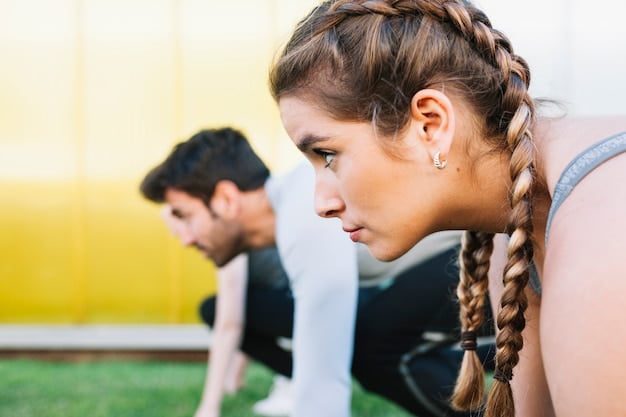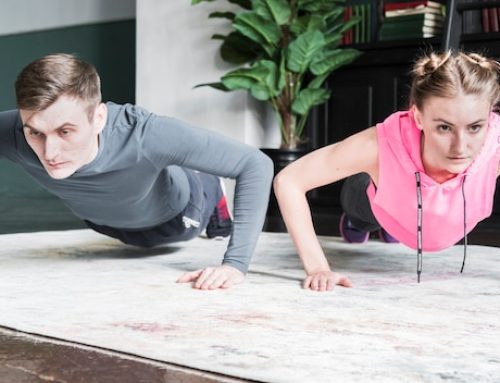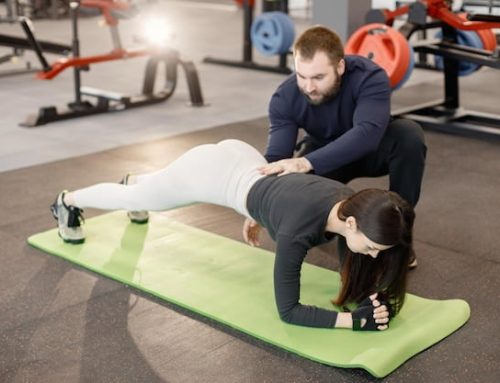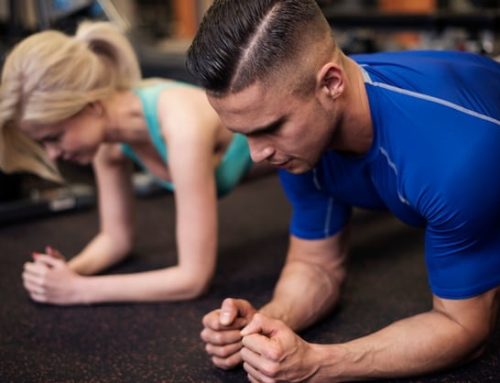The Big 6 Lifts: What Are They and Why Are They Important for Sports-Specific Training?
When it comes to sports-specific training, there are a handful of movements that are considered the cornerstone of any athlete’s program. These exercises, commonly referred to as the “Big 6 Lifts,” are designed to help athletes build strength, power, and explosive speed. In this article, we’ll dive into what the Big 6 Lifts are, their benefits, and how you can incorporate them into your own training regimen.
What Are the Big 6 Lifts?
The Big 6 Lifts consist of six foundational exercises that all target different muscle groups and movement patterns. These exercises include:
1. Squats
2. Deadlifts
3. Bench Press
4. Overhead Press
5. Pull-Ups
6. Rows
Why Are These Lifts So Important for Sports-Specific Training?
Each of the Big 6 Lifts targets multiple muscle groups and movement patterns, making them incredibly effective for building overall strength and power. Here are a few reasons why each of these exercises is so important for sports-specific training:
1. Squats: Squats are a compound movement that targets the quads, hamstrings, glutes, and core. They help athletes build lower body strength and power, which is crucial for explosive movements like jumping, sprinting, and changing direction.
2. Deadlifts: Deadlifts are another compound movement that primarily targets the posterior chain (including the hamstrings, glutes, and lower back). They help athletes build overall strength and power, which is essential for any sport that involves lifting, carrying, or tackling.
3. Bench Press: Bench press is a pressing movement that targets the chest, triceps, and shoulders. It helps athletes build upper body strength and power, which is essential for sports that involve throwing, hitting, or pushing.
4. Overhead Press: Overhead press is another pressing movement that targets the shoulders, triceps, and upper back. It helps athletes build upper body strength and power, which is essential for overhead movements like throwing a ball, hitting a volleyball, or spiking a basketball.
5. Pull-Ups: Pull-ups are a pulling movement that targets the upper back and biceps. They help athletes build upper body strength and power, which is essential for sports that involve pulling, climbing, or hanging.
6. Rows: Rows are another pulling movement that primarily targets the upper back, but also work the biceps and forearms. They help athletes build upper body strength and power, which is essential for sports that involve pulling, tackling, or grappling.
How Can You Incorporate the Big 6 Lifts into Your Training Regimen?
Incorporating the Big 6 Lifts into your training program doesn’t have to be complicated. Here are a few tips to help you get started:
1. Start with the basics: If you’re new to strength training, start with the basics. Focus on mastering the form and technique for each of the Big 6 Lifts before adding weight or intensity.
2. Prioritize compound movements: When it comes to sports-specific training, compound movements should be your top priority. These exercises target multiple muscle groups and movement patterns, making them incredibly effective for building overall strength and power.
3. Vary your rep ranges: To build strength and power, it’s important to vary your rep ranges. Some workouts you might focus on heavy, low rep sets, while others you might focus on lighter, higher rep sets.
4. Don’t neglect accessory work: While the Big 6 Lifts should be the foundation of your training program, it’s also important to incorporate accessory work to target specific weaknesses or imbalances.
Conclusion
The Big 6 Lifts are an essential part of any sports-specific training program. By incorporating these foundational exercises into your training regimen, you’ll be able to build the strength, power, and explosive speed you need to excel in your sport. Whether you’re a beginner or an experienced athlete, the Big 6 Lifts should be a staple in your routine.






